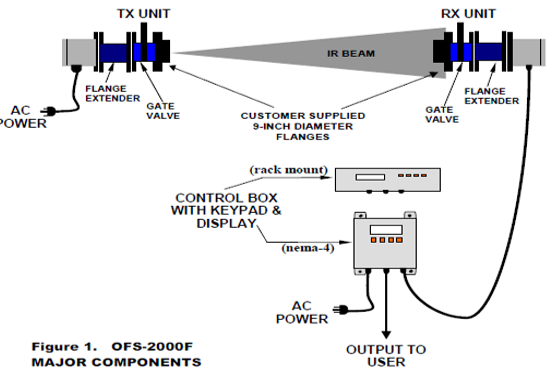Sustainability in Practice: How Environmental Compliance and Process Flow Measurement Work Together
Sustainability is becoming an increasingly important focus for businesses in every industry. With environmental concerns and regulations becoming more strict, it's essential for companies to implement environmentally sustainable practices in order to operate in a responsible manner. Environmental compliance and process flow measurement are two key components of sustainable business practices, and they work together to ensure that businesses are operating in an environmentally responsible way.
Environmental compliance refers
to the legal requirements that businesses must adhere to in order to reduce
their environmental impact. These requirements can vary depending on the
industry and the country in which the business is located, but they typically
involve things like reducing greenhouse gas emissions, conserving water, and
minimizing waste.
For example, in the United
States, the Environmental Protection Agency (EPA) sets regulations for air and
water quality, hazardous waste disposal, and other environmental issues.
Businesses must comply with these regulations in order to avoid fines and
penalties.
What is Process Flow
Measurement?
Process flow measurement is a way
for businesses to measure the efficiency of their production processes. By
measuring things like energy consumption, waste output, and raw material usage,
businesses can identify areas where they can improve their sustainability
practices.
For example, a manufacturing
plant might measure the amount of water it uses in its production process in
order to identify ways to conserve water. Or a logistics company might measure
the amount of fuel it uses in its delivery trucks in order to identify ways to
reduce its carbon footprint.
How Do Environmental
Compliance and Process Flow Measurement Work Together?
Environmental compliance and
process flow measurement are closely related because they both involve
measuring and tracking environmental data. By measuring things like energy
consumption and waste output, businesses can identify areas where they may be
out of compliance with environmental regulations. They can then take steps to
bring their operations into compliance, such as implementing new processes or
technologies to reduce waste or conserve energy.
Similarly, by monitoring their
environmental impact and tracking their progress over time, businesses can
identify areas where they can improve their sustainability practices. They can
set goals for reducing their environmental impact and track their progress toward
those goals using process flow measurement tools.
In this way, environmental compliance and process flow measurement work together to help businesses operate in a sustainable manner. By complying with environmental regulations and continuously improving their sustainability practices, businesses can reduce their environmental impact and operate in a socially responsible way.
The Benefits of Environmental
Compliance and Process Flow Measurement
Implementing environmentally
sustainable practices has a number of benefits for businesses. By reducing
waste and conserving resources, businesses can save money on things like energy
and raw materials. They can also improve their public image and attract
customers who value sustainability.
In addition, complying with
environmental regulations can help businesses avoid fines and legal problems.
By staying up to date with environmental regulations and ensuring that their
operations are in compliance, businesses can avoid costly legal battles and
reputational damage.
Conclusion
Environmental compliance and
process flow measurement are essential components of sustainable business
practices. By monitoring their environmental impact and complying with
environmental regulations, businesses can operate in a socially responsible way
while also saving money and improving their public image. By working together,
these two practices can help businesses achieve their sustainability goals and
operate in an environmentally responsible way for years to come.
Call us at 301-963-3630
For more info visit our website:
- https://www.opticalscientific.com/





Comments
Post a Comment